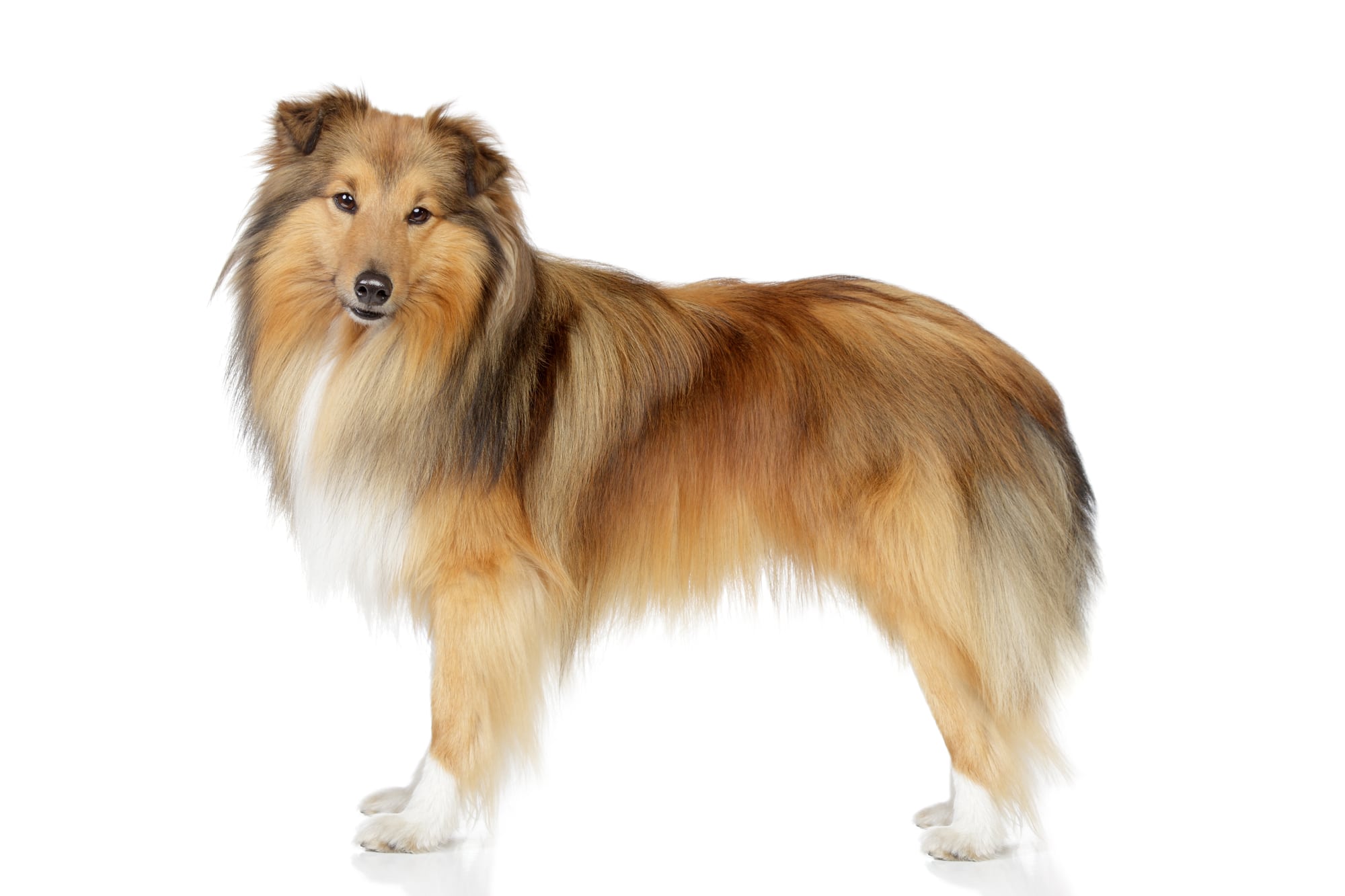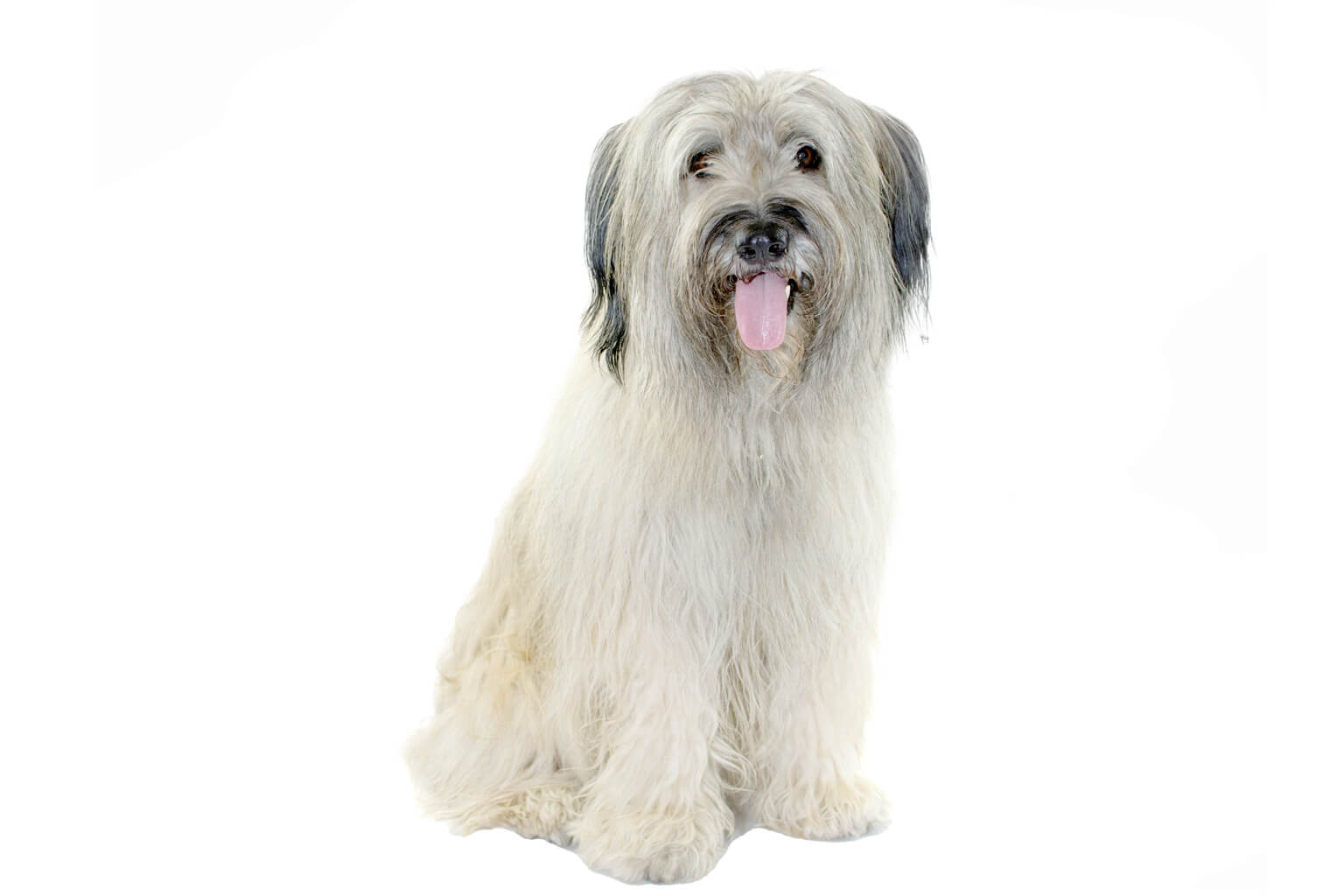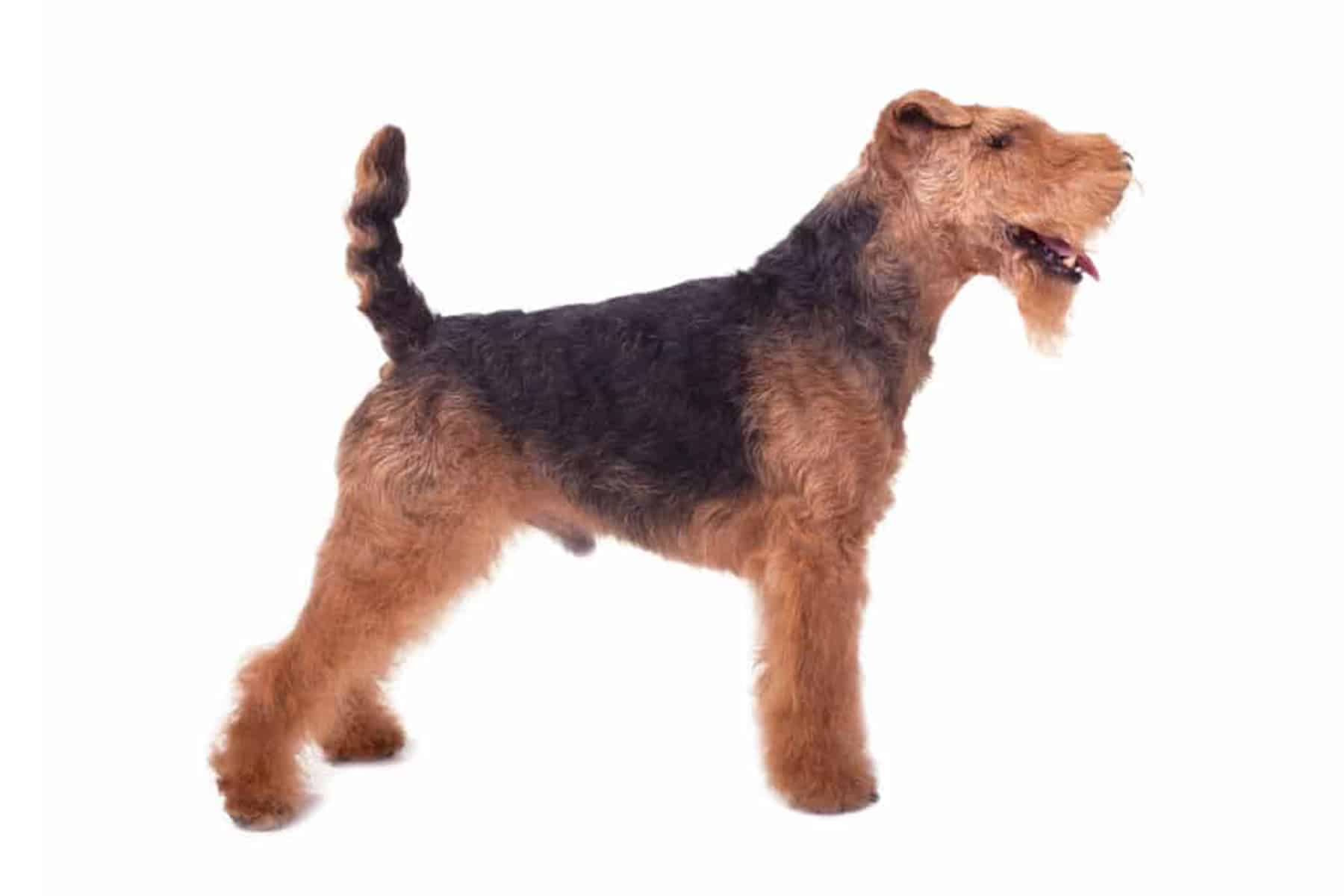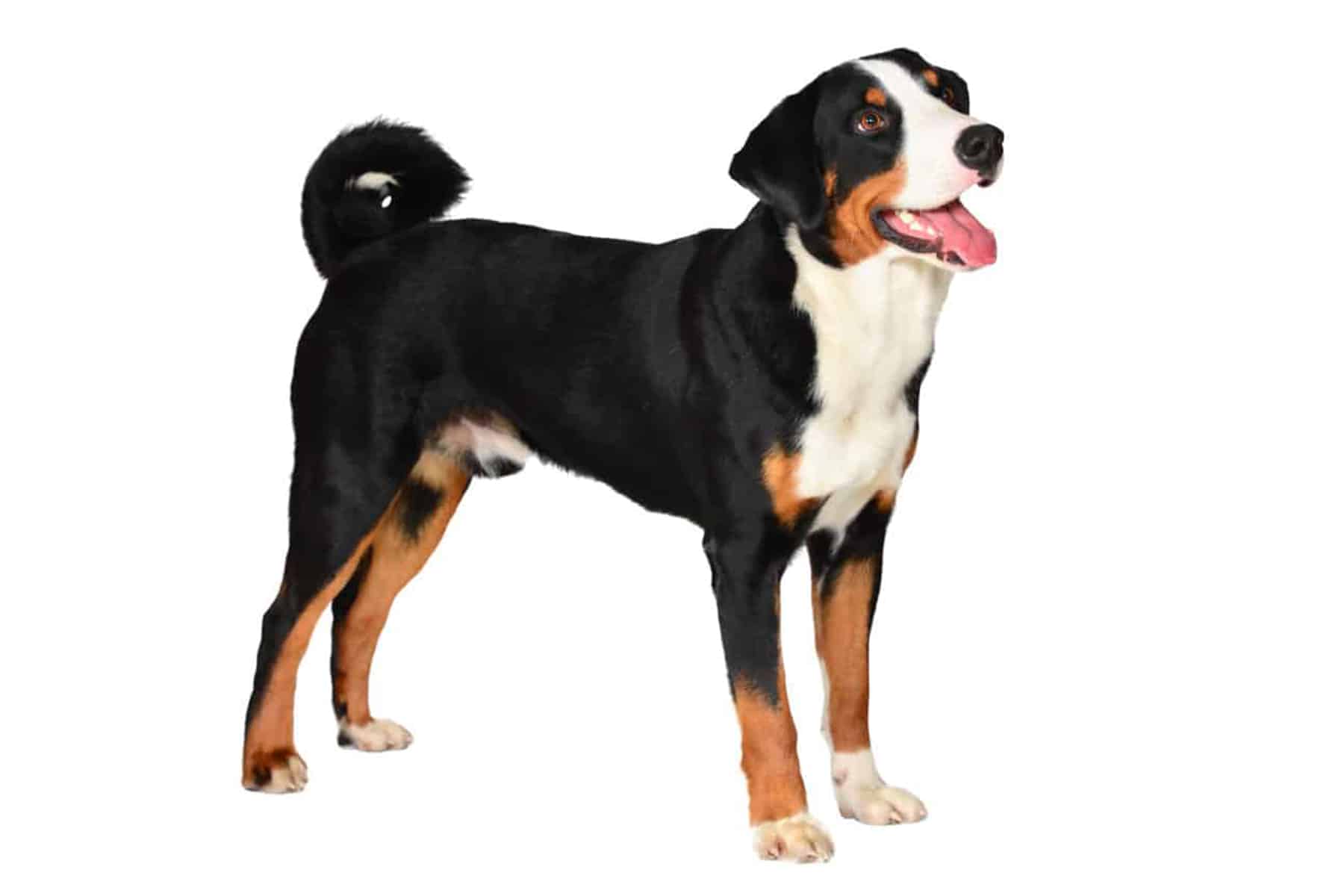Thai Bangkaew Dog
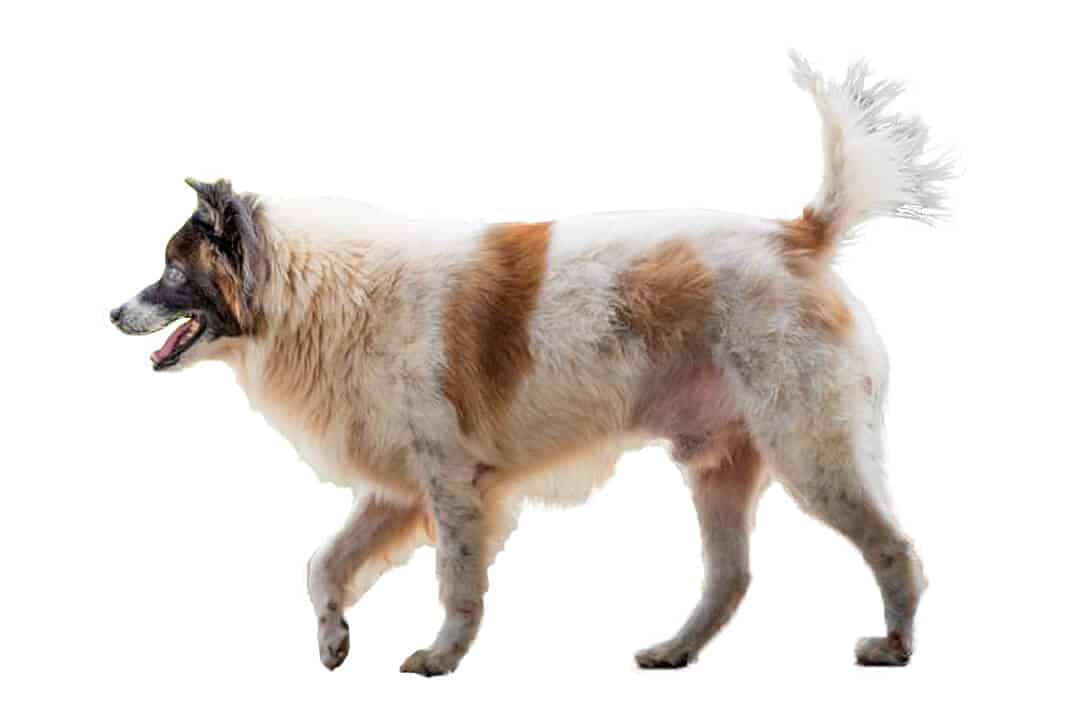
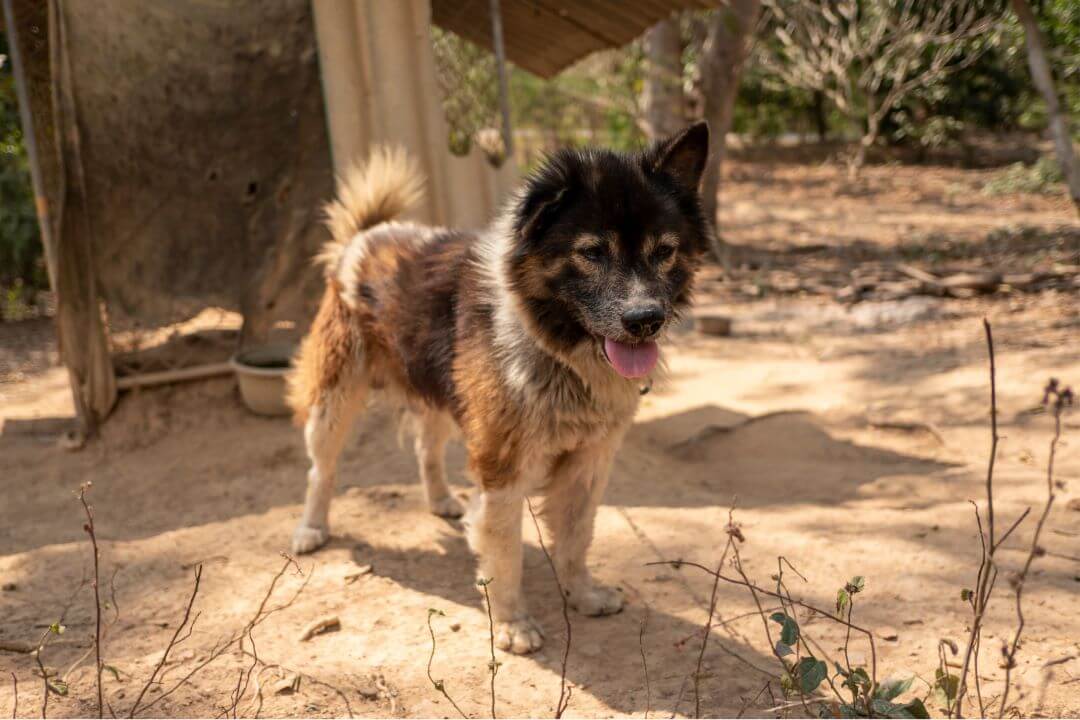
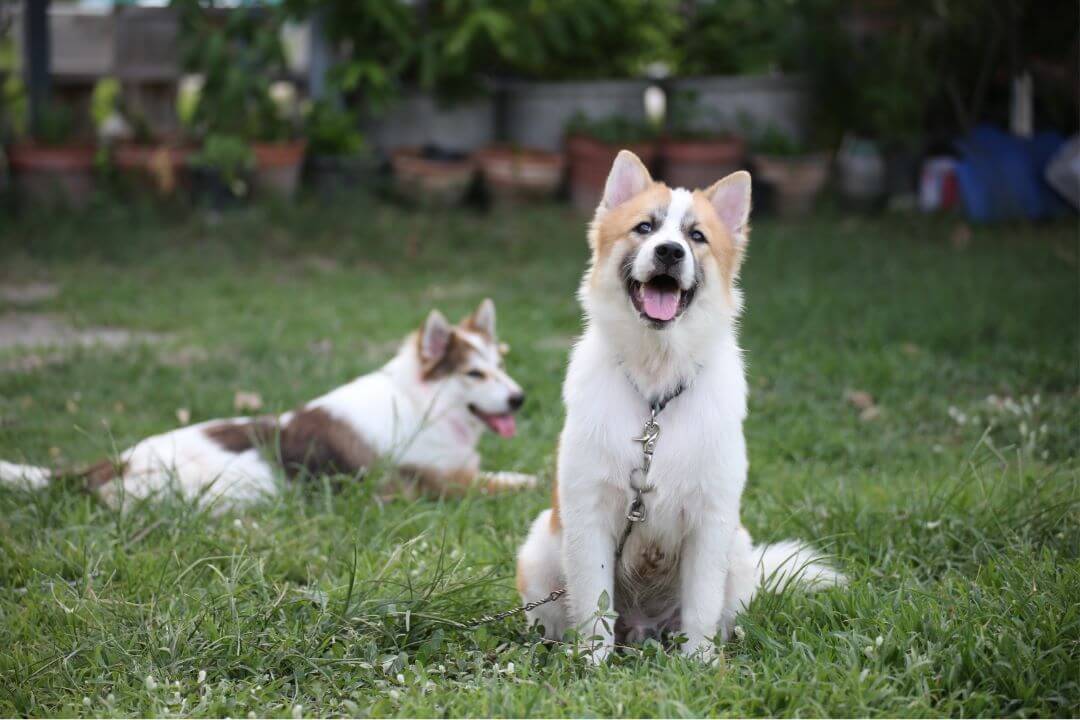
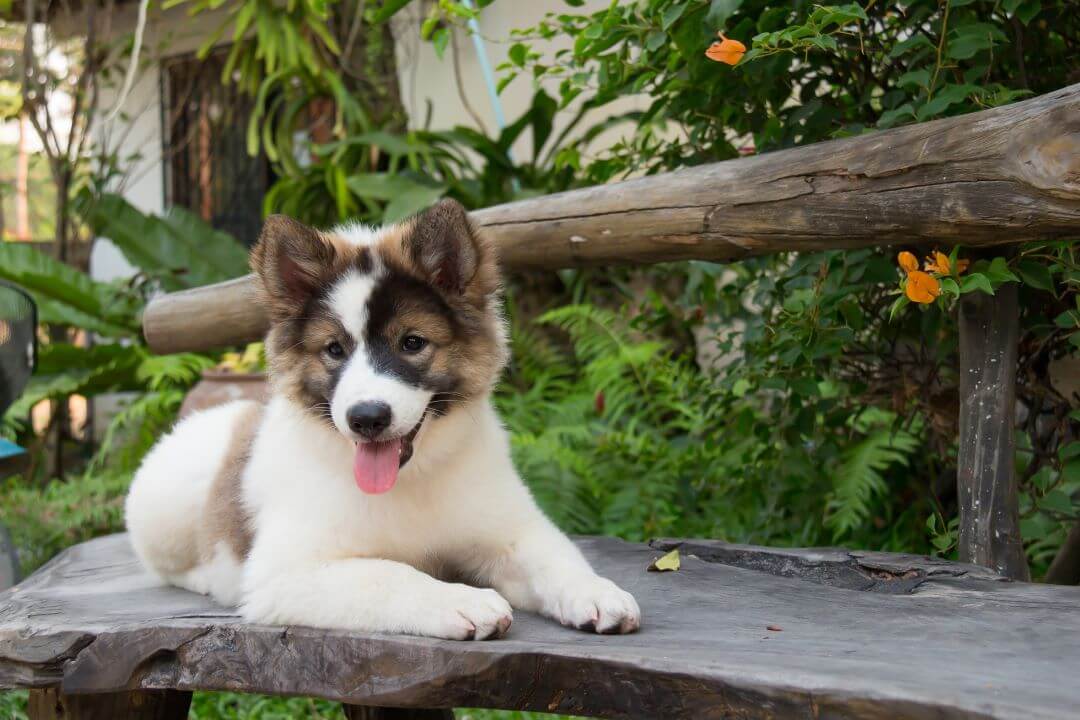
Temperament:
Most people have probably never heard of the Thai Bangkaew Dog. Why not? Isn't the breed worth it? We think so: Yes, this unknown four-legged friend comes from Thailand. He has a beautiful coat and a wonderful character. This furry friend loves his family, is obedient and wants to look after his humans.
Characteristics
The Thai Bangkaew Dog is a very agile dog with a strong protective instinct. He makes it his mission to protect his beloved family and is therefore skeptical and cautious towards strangers at first.
This breed is known for its loyalty to its owners. For this reason, they are easy to train and also suitable for beginners. Their pronounced intelligence makes training with these dogs enjoyable. They can even be taught tricks. Their lively nature makes the Thai Bangkaew Dog a pleasant companion in everyday life.
The bitches of this breed reach a shoulder height of 41 to a maximum of 50 cm. The slightly larger males reach a shoulder height of 46 to 55 cm. The dogs reach a weight of approx. 16 to 20.5 kg, with the bitches being somewhat lighter.
The coat is of medium length and consists of a dense, soft undercoat and straight, coarse outer coat. The hair on the neck and shoulders is slightly longer and forms a kind of collar or mane. This is more pronounced in males than in females. They have feathering on their legs. This is also found on the tail, which is carried slightly curved over the back. The ears are relatively small, pointed and erect. The eyes are almond-shaped and black or dark brown.
The beautiful coat of the Thai Bangkaew Dog comes in many colors. However, it is always white with clearly defined patches. These can be yellowish, pale, red, tan, gray, brown or even black. Tricolored specimens are also permitted according to the breed standard. A slight white mold is also accepted. Symmetrical markings on the face are desirable but not mandatory.
Coat care:
Shedding:
Energy level:
Trainability:
Children suitable:
The right food
When choosing food, make sure that it contains high-quality ingredients, is balanced and meets your dog's requirements. Age, size or weight, activity and health status play an important role. You should follow the manufacturer's recommendations for the amount of food.
Treats should only be fed in moderation and deducted from the basic diet to avoid obesity.
Puppies can be fed 4-6 times a day. The number of meals should be gradually reduced to 2 per day until the dog is fully grown. A rest period should be observed after meals.
Fresh drinking water should be available at all times.
Health & Care
Due to its loyalty and affection, the Thai Bangkaew Dog is an ideal family and companion dog. Its pronounced protective instinct also makes it a good guard dog. However, its intelligence and learning ability also make it suitable for many other jobs. The only thing this active breed should never lack is a connection to family life and sufficient exercise.
In general, these intelligent furry friends should be kept busy both physically and mentally. In addition to extensive walks, they also need tasks for their minds. You can teach them new tricks, but brain games and sniffing exercises of all kinds are also gratefully accepted.
The beautiful coat should be brushed at least once a week to remove coarse dirt and dead hair. If too much dead fur remains, this can quickly lead to increased scratching, as it itches terribly.
If absolutely necessary, you can also bathe this breed, but to protect the skin and coat, you should only do this rarely and use a mild dog shampoo.
Like all dogs, these four-legged friends should learn from an early age that their eyes, ears and teeth need to be checked and cleaned regularly. You can use a clean, damp cloth for ears and eyes. Teeth need to be brushed regularly. You can also give your dog special chews for this purpose.
As long as the claws do not wear off by themselves, they must be trimmed regularly.
Weekly grooming allows changes or infections to be detected and treated at an early stage. Ticks, for example, can hide easily in thick fur. It is therefore best to check your dog for ticks after every walk and carefully remove any ticks found with tick tweezers, as they can transmit diseases.
Suitable accessories
Of course, this breed also needs some accessories. In addition to the basic equipment for every dog - i.e. collar, harness, lead, bowls, sleeping place, etc. - toothbrush, dog toothpaste, dog shampoo, claw clippers and tick tweezers can also be useful.
Brushing teeth supports dental health in the long term. Claws that are too long are painful when walking and therefore need to be trimmed regularly. A vet can help if you are not confident enough to do this yourself. With dark claws in particular, it is difficult to see how far you can cut without hitting the nerve.
Various brushes are required for grooming. Combs and currycombs are used for the dense undercoat. This loosens knots, prevents matting and combs out dead hair.
The medium-length, straight top coat is brushed with a brush to remove knots and dead hair.
A transport box for transportation in the car and a first aid kit should also be included. It's best to ask your vet what should be in the first aid kit.
The Thai Bangkaew Dog is also happy about (brain) toys. They bring variety to everyday life and can often be used together with humans, which is great fun for the family-oriented four-legged friend.
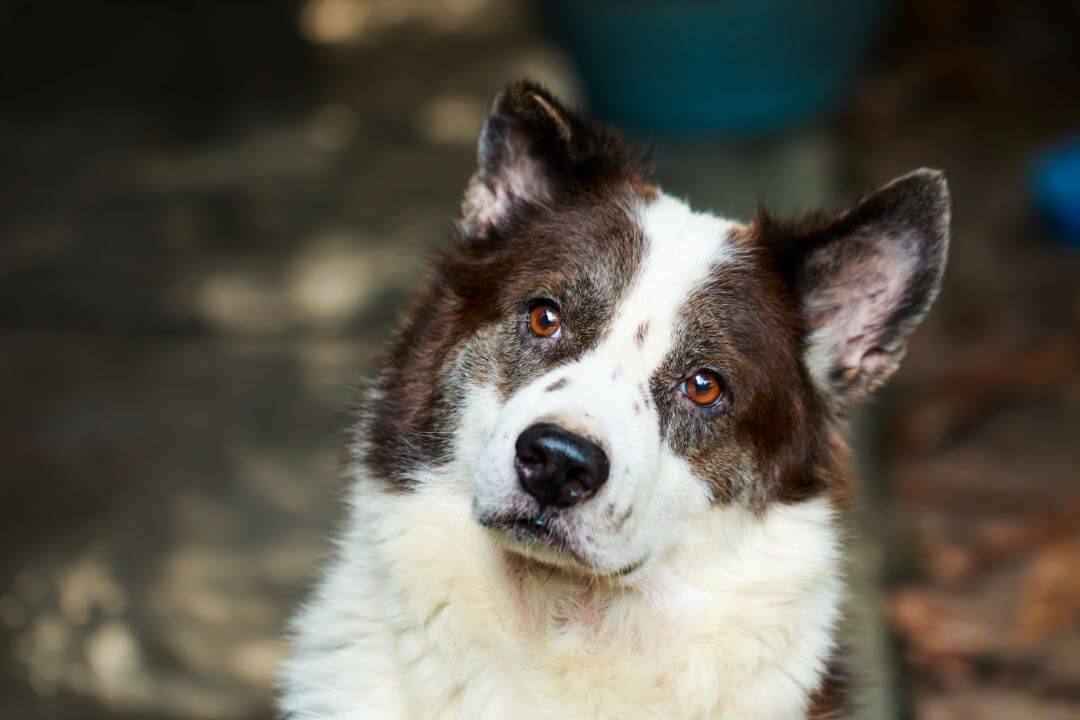
Origin & History
The origin of this little-known breed lies in Thailand. More precisely, the impressive four-legged friend comes from the village of Bangkaew in the province of Phitsanulok. It also owes its current name to this village. It is believed that the ancestors of the Thai Bangkaew Dog are the black and white female dog of a local Buddhist monk and a now extinct wild dog.
In 1957, the selection of suitable breeding dogs and thus active breeding and the development of a breed standard began. These litters produced the dogs that are now officially known as Thai Bangkaew Dogs. From Phitsanulok, the pretty furry noses spread throughout Thailand.
However, they are hardly known internationally to this day. There are very few examples of this breed in Europe. In the USA, there is a separate club for this breed - the TBDCA (Thai Bangkaew Dog Club of America). The FCI finally recognized the Thai Bangkaew Dog as a breed in 2022.
